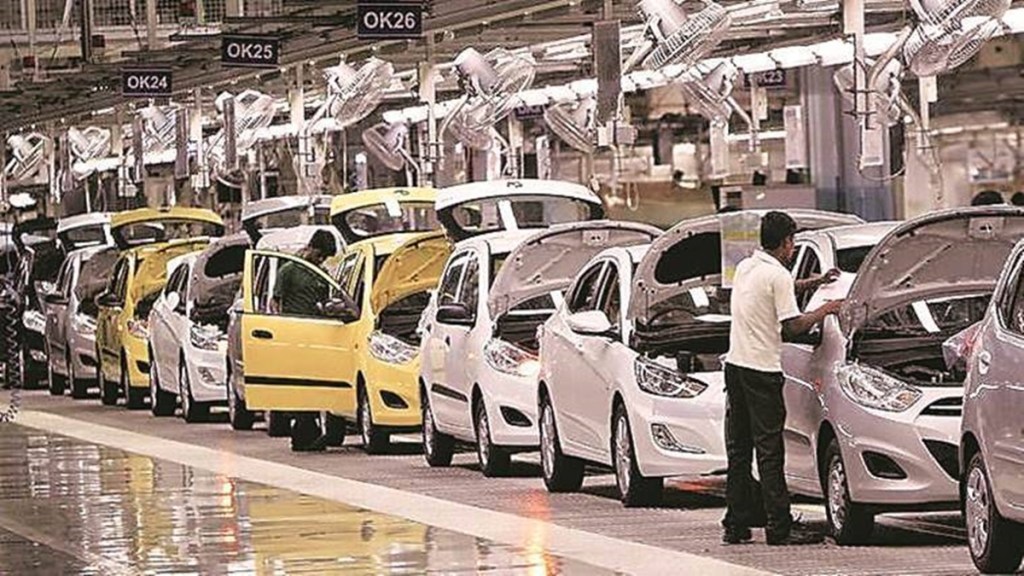The Reserve Bank of India announced no change in Repo Rate at 6.5 percent, while auto industry observers would have liked to see some cut, the fact that it was not hiked still indicates a positive sign for the industry.
The automotive retails across segments has been in the positive, thanks to a slew of launches in the passenger vehicle segment, demand for 150cc+ two-wheelers or the infrastructure creation led demand for the commercial vehicle segment.
According to Vinkesh Gulati, Chairman, Research & Academy, FADA, “The fact that there is no change in the Repo Rate indicates that the retail sales will continue to perform as has been the trend. The auto industry is seeing other type of pressures, while a rate cut would have been helpful, the overall sentiment looks normal. On one hand, while there will be an improvement in YoY sales, the period between June to August-September usually sees a slowdown in retail volumes.”
K Srikumar, VP and Co-Group Head, Corporate Ratings, ICRA stated “In the passenger vehicle segment, the industry volumes reached all-time high levels of around 3.9 million units in FY2023. We expect the retail demand to remain steady and will be supported by factors like favourable replacement demand, new model launches, and adequate financing availability. Nevertheless, an increase in the cost of ownership remains a major headwind for the industry. Additionally, the performance of the South-west monsoon amid concerns regarding the occurrence of the El Nino phenomenon, and its impact on rural demand, remain monitorable.”
He added that the availability of semiconductor chips to support the desired production levels of the OEMs would also remain key, with new capacities likely only towards the end of CY2023.
In terms of two-wheeler space, the demand recovery has been gradual. This can be attributed to the headwinds, especially in the entry-level segment with a rise of inflationary pressure, and a hike in finance rates thus leading to a higher cost of acquisition.
In the CV segment, Srikumar said the demand in the M&HCV truck segment would continue to be led by a pickup in the construction and infrastructure activity, along with mining activity and a stable macroeconomic environment. The LCV segment, on the other hand, is expected to see some mellowing down of growth, given the high base and concerns of slowing rural demand; however, healthy e-commerce activity continues to bolster its prospects.
“The passenger carrier segment has also reverted to a growth trajectory as the pandemic-related challenges waned, and is expected to grow given demand from educational institutes, corporate transport, public transport, etc. Moreover, replacement demand from mandatory scrapping of older government vehicles from April 1, 2023, offers further growth potential. However, the increase in repo rates, resulting in higher cost of financing, remains a headwind,” he added.



















